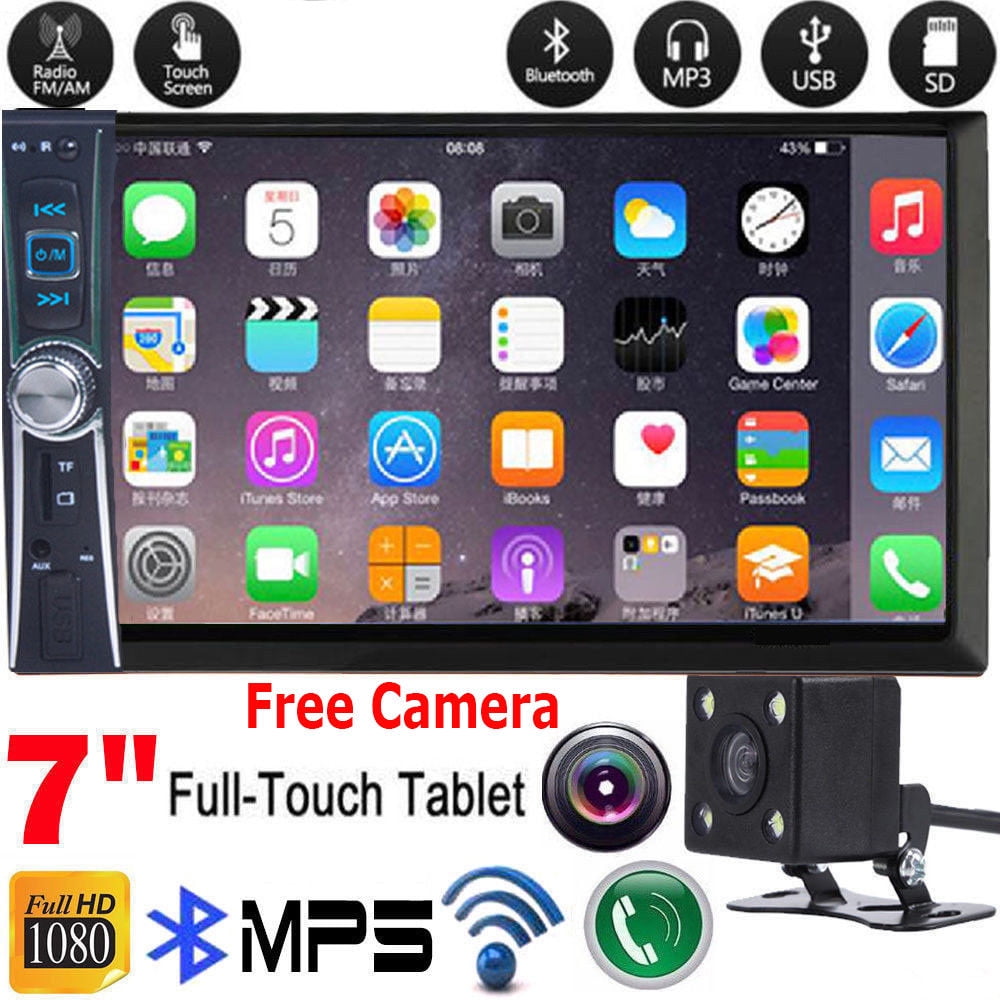

Most modern displays have a refresh rate of 60Hz, which means they refresh their image 60 times per second. Refresh rate is the number of times a display “refreshes,” or re-draws, its image each second. It’s the easiest solution.Īnother factor that may affect performance is a display’s refresh rate. If you use DVI or VGA, you will most likely need to connect your PC’s audio up to the HDTV separately, or use external speakers or a headset.īottom line? Try to stick to HDMI if or DisplayPort-to-HDMI connections if it’s possible. A DVI-to-HDMI cable can transmit both video and audio if your graphics card supports HDMI audio via DVI-unlikely if it doesn’t have any HDMI ports-while VGA only transmits video. The main advantage to using the DisplayPort output instead of DVI or VGA is that HDMI and DisplayPort carry both video and audio signals.

In this case, you’ll need to use a different cable ( DisplayPort-to-HDMI). If you want to use your HDTV as a second or third monitor, you may need to use a different port, such as your graphics card’s DisplayPort output. VGA’s an analog signal that will give you a far fuzzier, lower-resolution image than you’ll get with an HDMI or DVI cord.

Although some older HDTVs and some older computers only have VGA inputs/outputs, they aren’t not an ideal choice. AmazonBasics version for just $7 Remove non-product link. If you’re using an older graphics card or motherboard that only has a DVI output, you can snag a cheap DVI-to-HDMI cable and plug it into your HDTV’s HDMI output. All modern graphics cards (like this Sapphire Pulse Radeon RX 6600 XT) include at least one HDMI port (second from left, between several DisplayPorts).


 0 kommentar(er)
0 kommentar(er)
